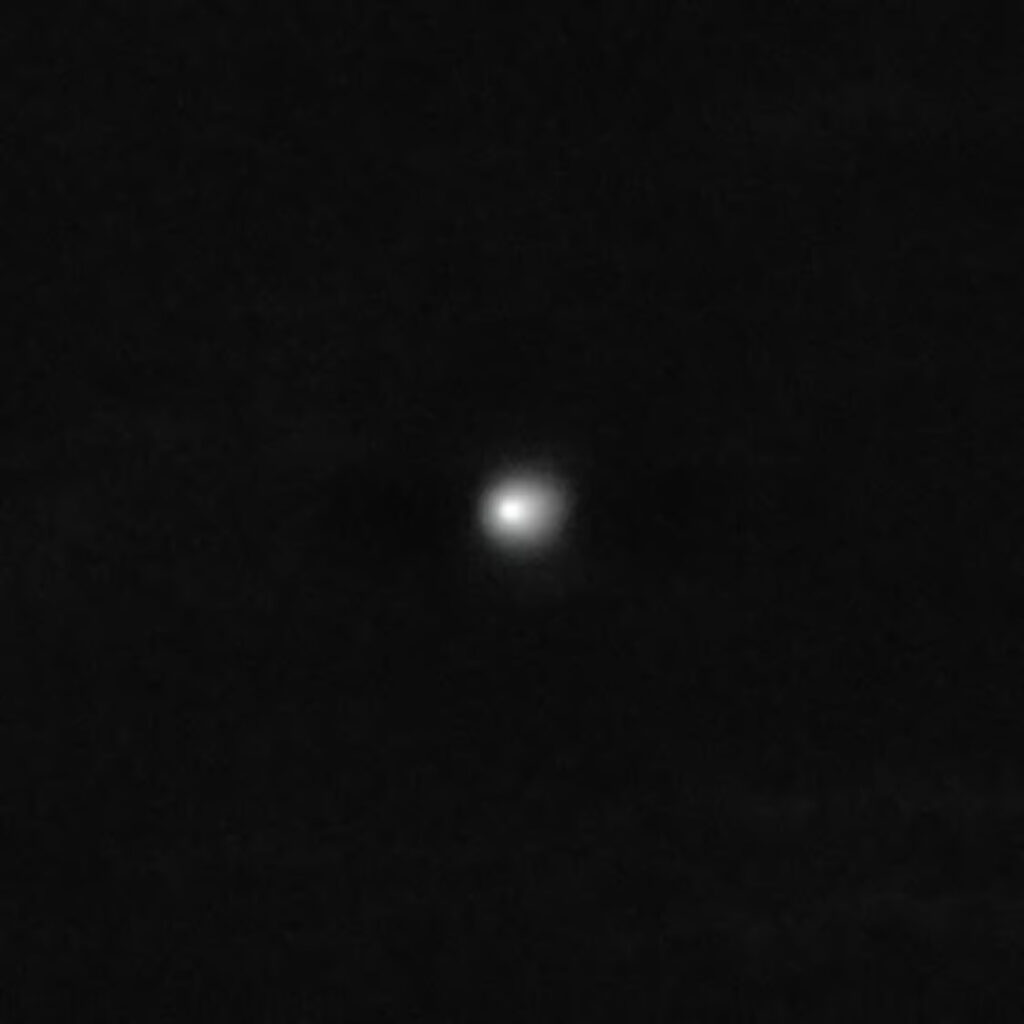A new cosmic visitor is racing through our Solar System: 3I/Atlas. Captured by ESO’s Very Large Telescope, this interstellar comet promises to expand our understanding of the Galaxy’s icy frontier.

Image of Comet 3I/Atlas obtained by ESO’s Very Large Telescope. © ESO
Unmistakable Cometary Features
Observatories in Chile, Arizona, and Hawaii confirmed that 3I/Atlas sports both a coma and a tail—hallmarks of cometary activity. Hurtling sunward at over 200 000 km/h, this visitor from the Milky Way’s depths is already spewing dust and gas, giving scientists a front-row seat to study its composition.
Timelapse of 3I/Atlas passing through our Solar System. © ESO
Ancient Origins in the Thick Disk
Data suggests 3I/Atlas formed in a region rich in ice more than 10 billion years ago—twice the age of our Sun. If confirmed, this would make it the oldest object ever sampled in our Solar System, hailing from the Galaxy’s “thick disk” where primordial materials linger. Researchers hope to detect complex molecules or amino acids trapped in its frozen core.
Size and Structure Mysteries
Simulations put 3I/Atlas’s nucleus at 10–20 km across, but its bright gas and dust cloud could mask a much smaller core. Future observations aim to pin down its true dimensions.
A Brief but Decisive Window
3I/Atlas will swoop within 210 million km of the Sun on October 30 at 68 km/s, then pass 269 million km from Earth on December 19—its brightest moment. Though still beyond naked-eye reach, this flyby offers our best chance yet to probe an interstellar object’s makeup.
Prepared for the Next Visitor
Thanks to early detection and powerful instruments like the VLT and the upcoming Vera C. Rubin Observatory, astronomers stand ready for more interstellar discoveries. Each new guest helps us unveil the secrets of star formation, planetary birth, and the icy wanderers that bridge the vast space between the stars.
With 3I/Atlas, we’re witnessing a cosmic messenger that has journeyed billions of years to tell the story of our Galaxy’s oldest, most pristine regions.

